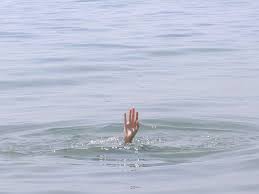ISRO, Andhra University to Set up Equipment Along Beaches to Predict Rip Currents: Indian Space and Research Organization (ISRO), National Centre for Earth Sciences (NCES), and the Andhra University (AU) have researched and concluded that constant rip current zones at blue flag-certified Rushikonda beach and RK Beach have become a danger to the beach visitors.
More than 200 individuals perished in the water between 2012 and 2022 at various beaches in and near Visakhapatnam, with RK Beach accounting for 60% of the deaths.
January 2023 Current Affairs Quiz
ISRO, Andhra University to Set up Equipment Along Beaches to Predict Rip Currents – Key Points
- ISRO, NCES, and Andhra University have conducted research and installed tools to detect rip currents in order to alert mariners and local police.
- Major forecast experiments for rip currents are being planned in the city.
- The beaches that have turned into death traps are Bheemili Beach and Rushikonda Beach.
- Rip currents are common at all beaches across the globe. People can enter the waters in rip current zones up to knee-deep levels.
- More than 200 people drowned at various beaches in and around Vizag between 2012-2022.
- Along with Bheemili Beach and Rushikonda Beach, Yarada beach has also been included in having rip current zones. Just at RK Beach, 60 people have drowned in the last six years.
What are Rip currents?
Rip currents are strong, narrow channels of fast-moving water which move from the shore toward the sea. The rip currents are so powerful that they pull people away from the shorelines towards the sea. Most people who are pulled away by the rip currents die when they cannot keep themselves afloat and swim to the shore. Rip currents are found on almost all the beaches of the world.
